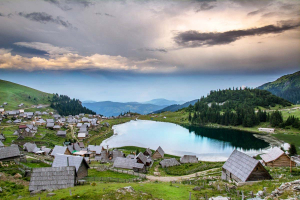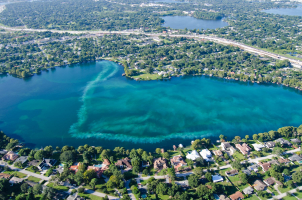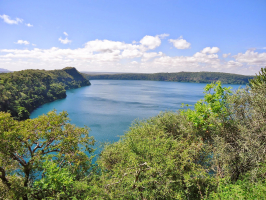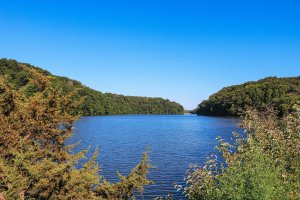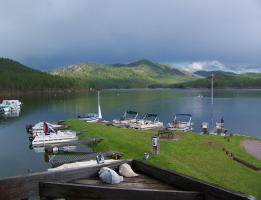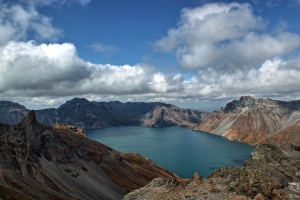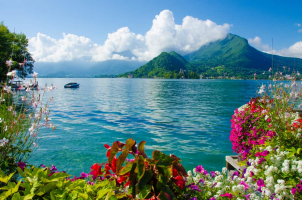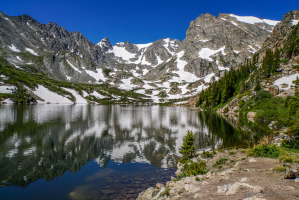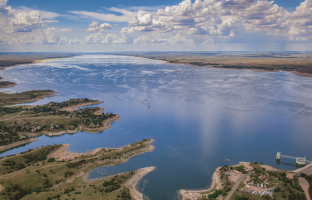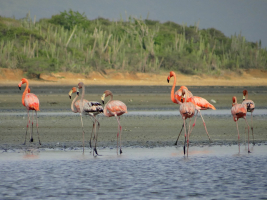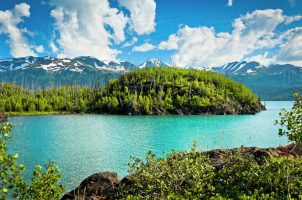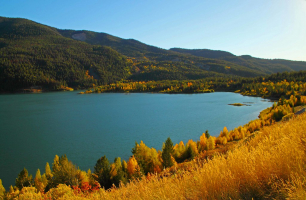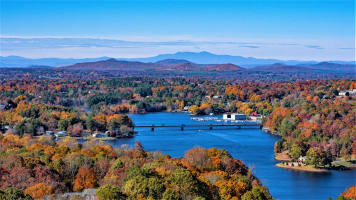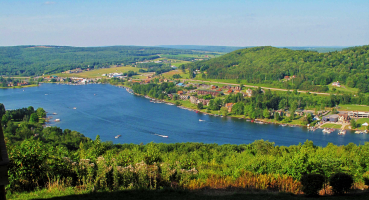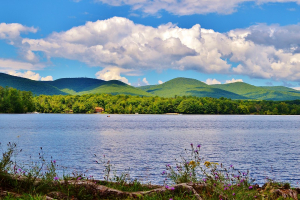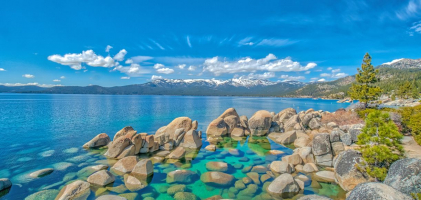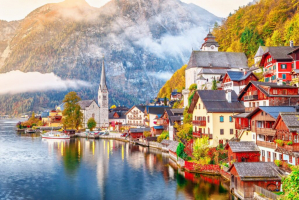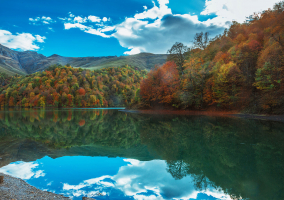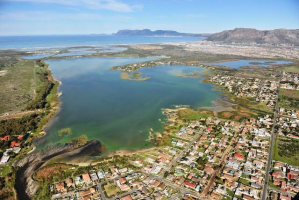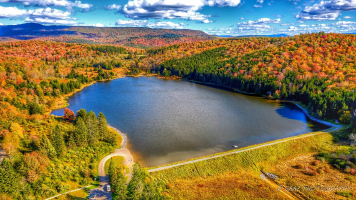Top 5 Best Lakes to Visit in Uruguay
Through the infinite grasslands of Uruguay, patches of blue can be seen. The majority of the species in the nation lives in these partially freshwater, ... read more...partially salty lagoons that are frequently only a few inches of sand away from the ocean. Don't forget the stunning lakes, too. And here are the best lakes to visit in Uruguay.
-
The Laguna de Castillos is located 15 kilometers east of Uruguay, in the city of Castillos. It is a section of the UNESCO-designated Bañados del Este (East Marshes) Biosphere Reserve. Due to its significance to ornithology, it has been declared as an Important Area for Bird Conservation. Laguna de Castillos spans 8,000 hectares and has a maximum depth of only 5 meters. It is considered as one of the most beautiful lagoons of Rocha as well as one of the best lakes to visit in Uruguay. This stream's sandy bar near its mouth has an open-and-closed regime that permits seawater to intermittently enter the lagoon. This causes fluctuations in the salinity and clarity of the water, which promotes the growth of a diverse range of biological species.
A tourist destination known for its substantial cattle ranching, Barra Grande is located inside the protected area and to the north of the lagoon. Due to the fact that this property gets the contribution of all the waters in the North of the lagoon basin, you may quickly go through a range of ecosystems, including marshes, meadows, ceibal trees, and albardón forests. The estancia Guardia del Monte, which has been designated a historical landmark and is bounded by the Monte de ombes, is situated on the lagoon's banks. Its historic main house is there. There are several sights to see and things to do, including bird viewing, canoeing, sport fishing, horseback riding, and vehicle rides, as well as guided tours of the local forest. One of the nicest postcards featuring the Laguna de Castillos and the Atlantic Ocean in the background can be found around kilometer 246 along Route 9. A 6-kilometer road leads to Cerro Agapito (Agapito Hill), which offers a panoramic view of the lagoon and the Cuchilla Carbonera, a little further on at km 251. habitat for 256 recognized bird species, with bird spotting being one of the most popular pastimes there.
Location: Castillos
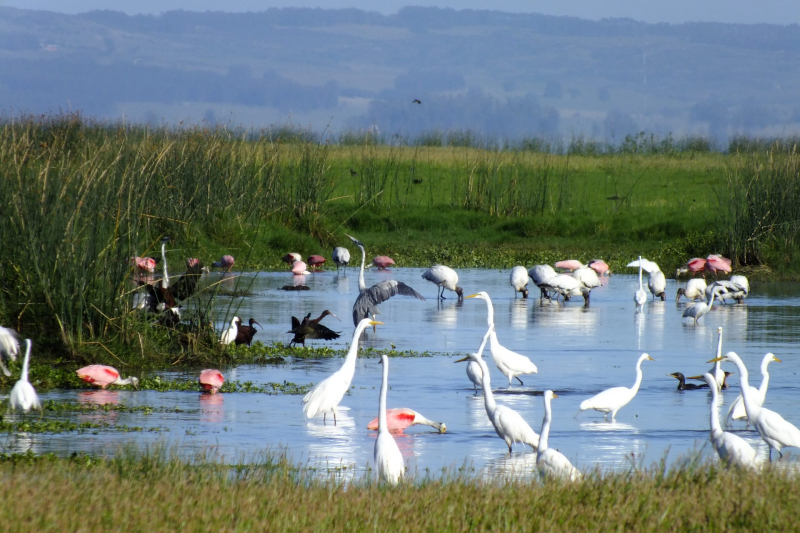
Photo: Sustentabilidad en Acciones 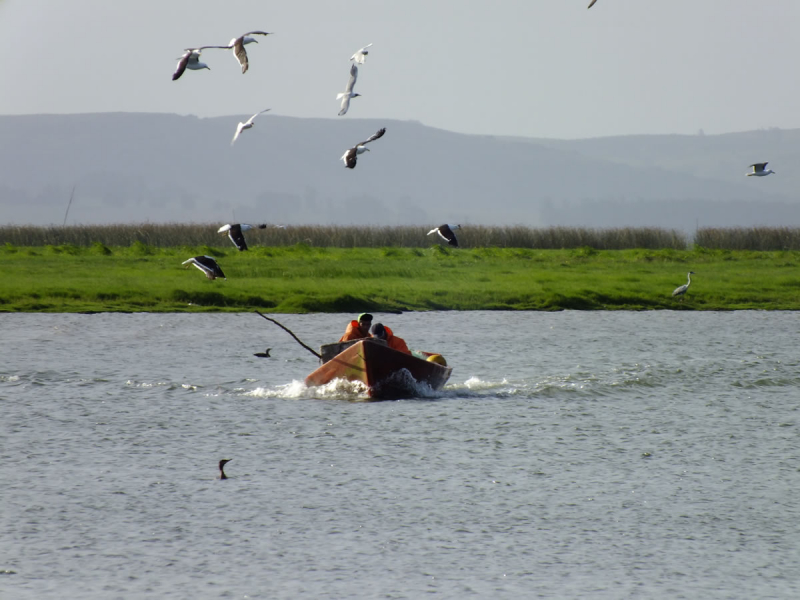
Photo: Ministerio de Ambiente -
The Laguna Garzón is a section of the Area for the management of habitats and species, a protected area of Uruguay, and is located on the Atlantic coast of that country as well as on the border between the departments of Rocha and Maldonado. The area, which is extremely rich in biological diversity, spans hundreds of hectares of land and ocean. Hills, hillocks, low plains, the coastal strip, and a piece of the coastal platform make up the scenery that surrounds the lagoon. There are further smaller water mirrors nearby that discharge their water into the Laguna Garzón. Patches of psammophile shrub, a woody stage pioneer in the colonization of dunes that causes natural fixation and soil formation in the fields of dunes close to the ocean, can be found in the coastal hills.
Due to its ornithological significance, the region is a fascinating location for bird watching and has even been designated as an Important Area for Bird Conservation. Additionally, the region is home to Darwin's toad, reptiles, gauze-birá, mouse-tailed bats, gill-head turtles, and Austral Southern whale specimens, which are seen during the migration season for reproduction. Tourists can also visit the famous and unique Laguna Garzón bridge. The bridge's unusually shaped circular road deck slows traffic and provides motorists, walkers, and cyclists with panoramic views of one of Uruguay's most stunning and unspoiled coastal vistas.
Location: Border between the Maldonado and Rocha departments
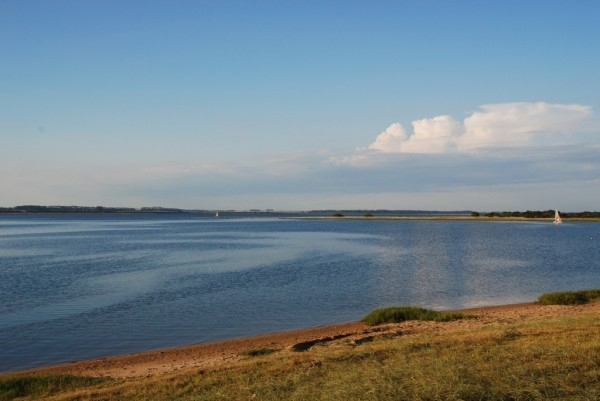
Photo: Turismo Rocha 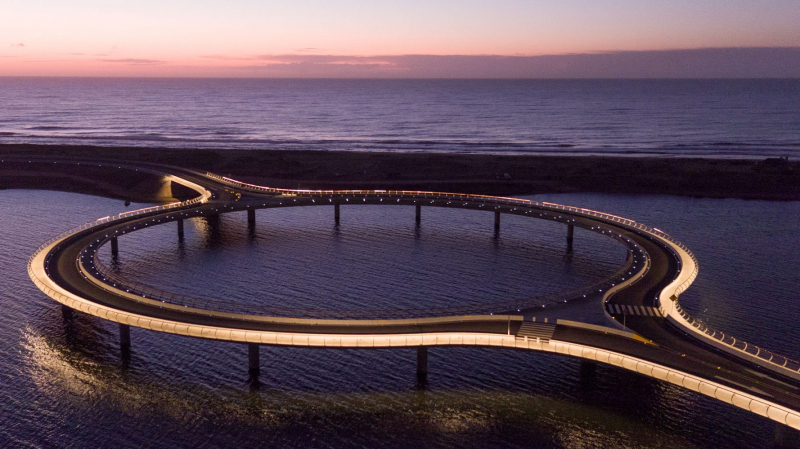
Photo: Rafael Viñoly Architects -
In the Maldonado department, there is a brackish body of water known as the José Ignacio lagoon, which is known as one of the best lakes to visit in Uruguay. Several species with restricted distributions that are classified as threatened exist in this region. Larus atlanticus, also known as the Olrog's gull, is one of them that has been extensively documented in this lagoon. The most significant place for this species in Uruguay is where there are a lot of records for the Chilean flamingo. Another endangered species that frequently inhabits the region is the black and white monjita. The straight-billed reed haunter (Spartonoica maluroides) and the bay-capped wren-spinetail are two more frequently occurring species that pose conservation issues on a global scale.
Its sceneries are diverse, shifting between grasslands, wetlands, and sandy beaches. It frequently opens up the thin sandbar separating it from the Atlantic Ocean, causing ecosystemic fluctuations with distinct features. Various wildlife and flora are found in these different ecosystems, creating a landscape with tremendous beauty and richness. It is a highly popular lagoon but has significant negative effects on the smallest of our lagoons due to its proximity to José Ignacio, the most upscale coastal resort on the Uruguayan coast. El Pepe is a popular surfing location because the sandbanks outside the lagoon's sandbar produce the perfect wave for this activity. It is also a well-liked kitesurfing location.
Location: Maldonado department
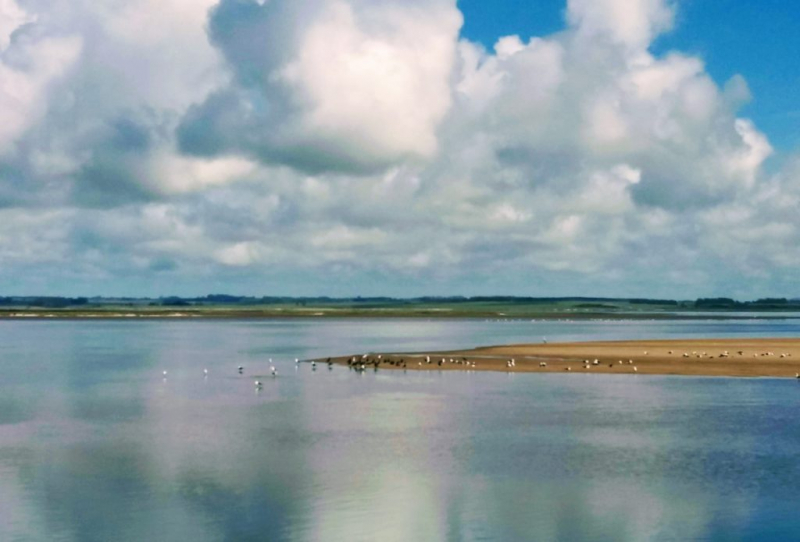
Photo: Fundación Lagunas Costeras 
Casas en el Este -
As a "protected landscape," Laguna de Rocha is a part of Uruguay's National System of Protected Areas (SNAP), which includes tens of thousands of bodies of water as well as hills, plains, a coastal strip, and a portion of the oceanic platform. Additionally, UNESCO designated it as a world biosphere reserve and national lacustrine park in 1977. It has been included in the Ramsar Convention's list of wetlands of international significance since 2015. Through a natural sequence of sandbars that open and close, the lagoon interfaces with the Atlantic Ocean on occasion. When this occurs, highly sought-after species of fish and crustaceans (shrimp) enter the lagoon as a result of the sea's motion and the accumulation of water there. This definitely one of the best lakes to visit in Uruguay.
Rocha is a world-class location for bird viewing, and Laguna de Rocha in particular acts as a home and shelter for endangered birds, with more than 220 species calling it home. location for migrating and resident birds to feed, nest, and rest. It is one of the few locations in Uruguay where flamingos may be seen, and it has one of the greatest populations of black-necked swans worldwide. The coexistence of the sea environment and the lagoon environment affects the local vegetation. Pioneering plants including yellow daisies, redondita de agua, and drawing grass grow in the vicinity of the beach. The flake rush grows among the sand dunes, and a saline marsh known as cangrejal spreads along the west coast. A psammophile forest or native coastal forest grows in the highest area.
Location: Rocha
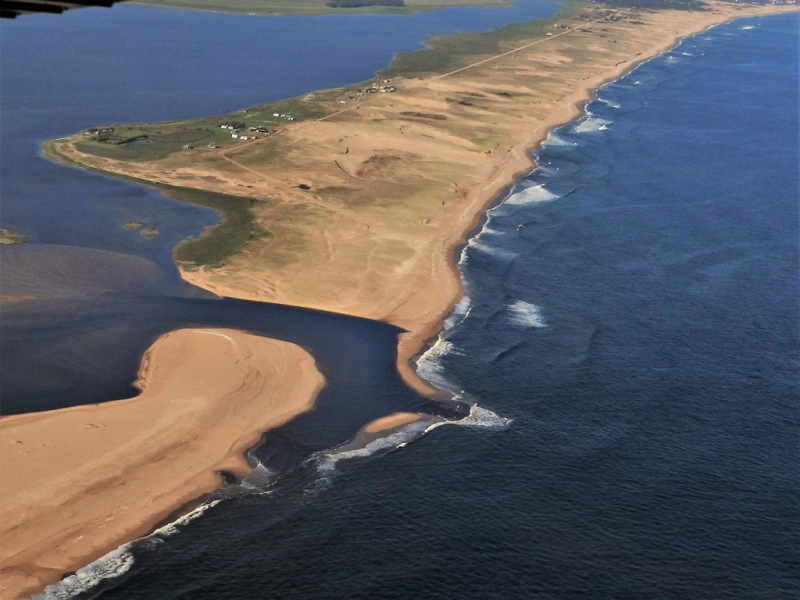
Photo: Portal de Aguas Dulces 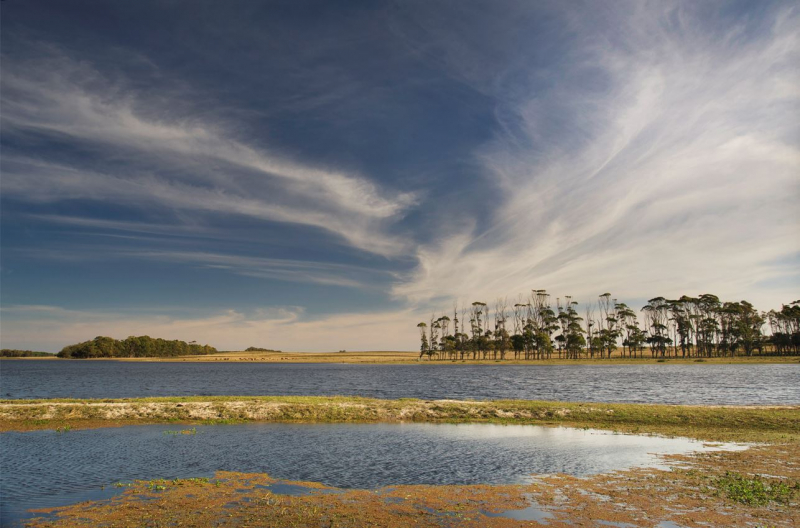
Photo: Ramsar.org -
One of the largest freshwater lakes in the world, this vast lagoon that borders Brazil runs for about 200 kilometers (124 miles). While guinea fowl, herons, and swans congregate on the silken beaches, catfish and silverside flourish in the tranquil waters, making them ideal for fishing. The rice plantations that abound in the wetlands surrounding the lagoon support the local economy. The lake comes to life in the summer. A yearly folklore festival, the glitzy Queen of the Lake competition, and thrilling water sports draw large crowds of visitors. Strong winds and rolling sands make Laguna Merín the ideal location to practice windsurfing or kiteboarding.
The Laguna Merín has a lot of potential for tourists and athletes. Most of its coastline is made up of pristine, shallow, sandy beaches, which make it the perfect place for families to enjoy themselves in the summer. Sports fishermen will find a wide variety of fish that are of a fair size, including the greater silver in the winter, los pintados in enormous schools starting in September, the wolf fish in the summer, and several varieties of catfish all year long. A characteristic that would excite any ornithologist or amateur ecotourist is the coexistence of numerous wild creatures and hundreds of different bird species due to the area's large beaches, natural forest, and hundreds of square kilometers of impenetrable marshes and wetlands. The lagoon is ideal for water sports, especially those involving sailing because the wind is nearly continuous throughout the year.
Location: Border between Brazil and Uruguay
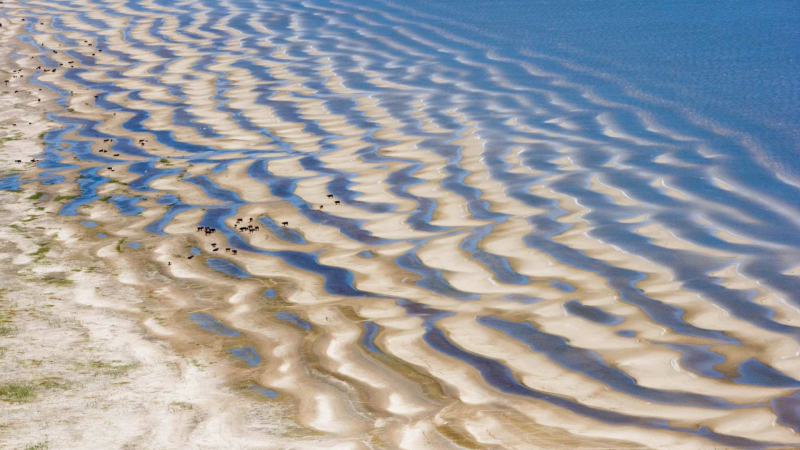
Photo: YANN ARTHUS-BERTRAND PHOTO 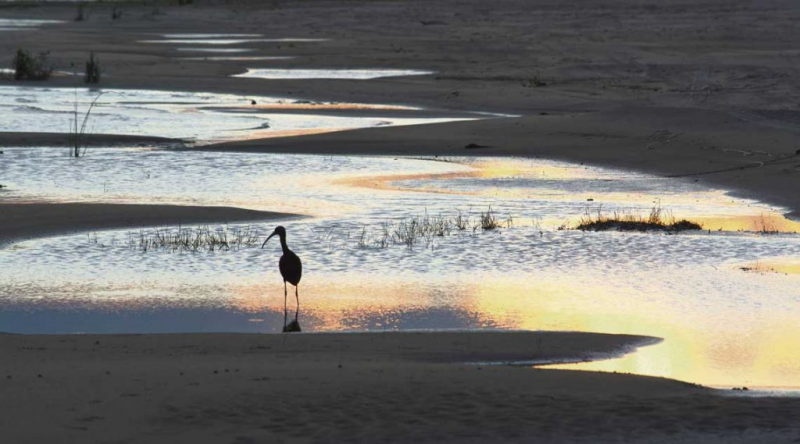
Photo: La Mañana.uy







